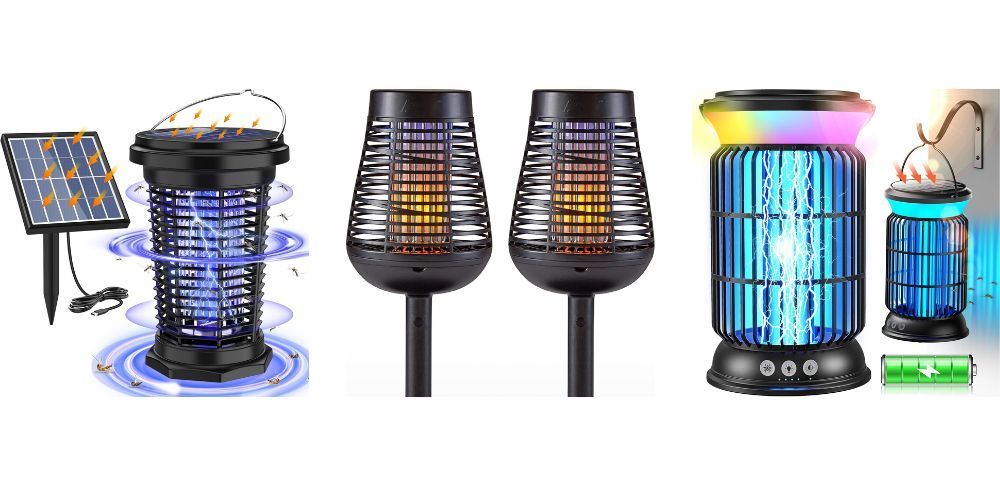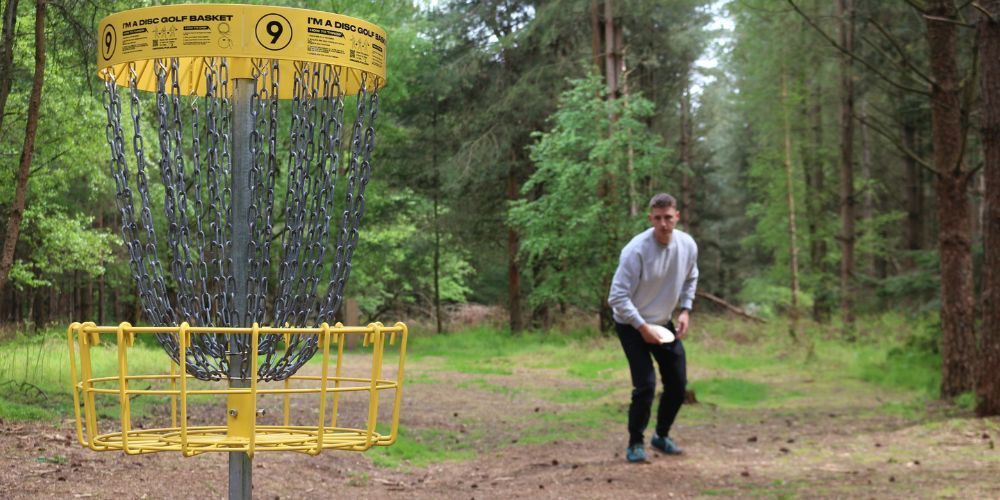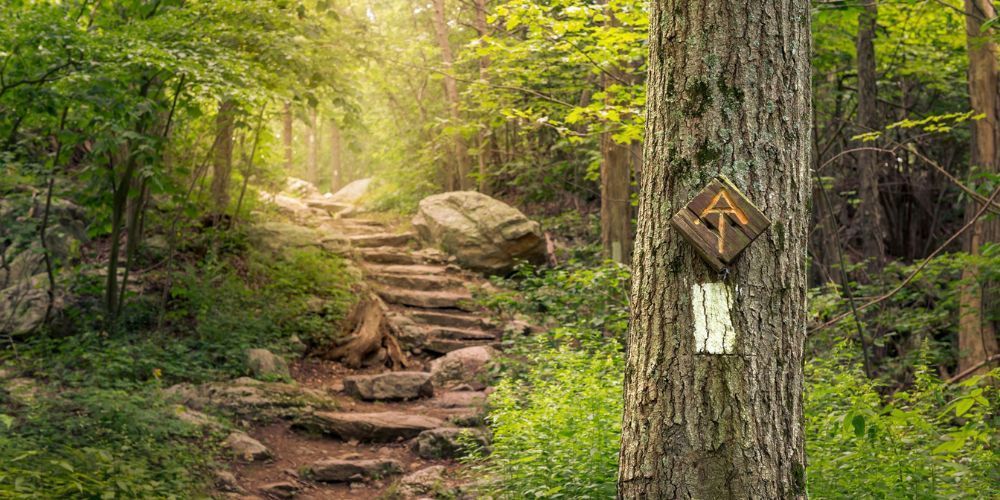Discover the Beauty of Bird Watching: A Comprehensive Guide
June 6, 2024
Bird Watching is more than just looking at birds; it's a delightful voyage into the world of all things feathered. This alluring journey not only brings you close to nature but also introduces you to the enchanting spectacle of different bird species with their vibrant colors and varied calls. It's like opening a window to another dimension where vivid colors flash across the canvas of your vision and melodic tweets fill your ears, creating an immersive scene unlike any other. So, are you ready to explore the joy of this endeavor?
To start bird watching, you can simply step out into your backyard, local park, or natural area with a pair of binoculars and observe the birds around you. It's also helpful to have a bird identification book or app, such as 'Sibley Backyard Birding Flashcards', to help with species identification. You can enhance your experience by joining local birding groups or forums to connect with experienced birders and gather valuable information about birding locations and species.
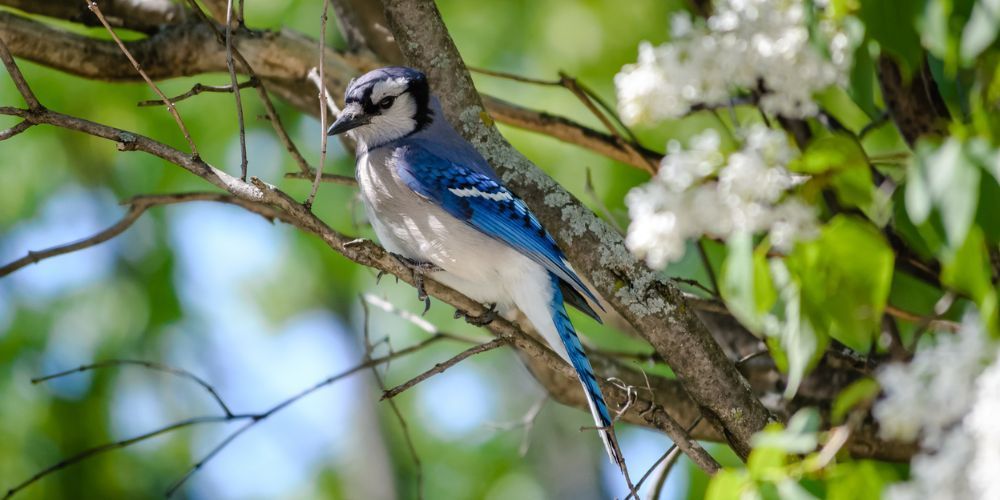
The Joy of Bird Watching
When you take those first steps into the world of bird watching, it's like stepping into a new universe. Imagine waking up early and hearing the first chirps and songs outside your window. There’s a certain kind of magic in being able to identify a bird just by its unique call or spotting a vibrant flash of color darting through the trees.
There's something particularly special about witnessing the intricate ballet birds perform as they glide, swoop, and hop from branch to branch. It's almost like they’re putting on a spectacular show just for you. You’ll find yourself catching your breath when you witness a regal hawk soaring high above or when you lock eyes with a playful little chickadee. Each bird species has its own behaviors, personality, and charm that are truly captivating.
Building a Deeper Connection with Nature
Beyond the simple pleasure of observing these beautiful creatures, bird watching also provides an opportunity to develop a deep sense of connection with nature. As you spend more time outdoors, you'll start noticing the fluctuations in bird activity that correspond with changes in weather patterns and seasons. From the arrival of migratory birds in the spring to the preening behavior during courtship rituals, every observation is a small piece of a larger puzzle that unfolds right before your eyes. The quiet calmness, broken only by the soothing sounds of nature and the occasional fluttering of wings, creates an environment that offers solace and tranquility in today’s fast-paced world. Imagine sitting by a tranquil pond or in a lush forest, surrounded by the rhythmic chirping of birds as they go about their day. The hustle and bustle of daily life seem worlds away when you're immersed in this peaceful sanctuary.
Engaging the Senses
Bird watching stimulates all your senses, making it an incredibly immersive experience. You learn to recognize birds by their distinct calls and songs. Some are melodious and sweet, while others are bold and brash. The full palette of colors is on display, from the electric blue flash of an indigo bunting to the fiery red plumage of a cardinal. The thrill of standing perfectly still as you try to catch sight of elusive warblers or scanning the horizon for soaring raptors provides a sense of excitement unlike any other.
The joy of bird watching extends far beyond mere observation; it’s an invitation to form an intimate connection with the natural world.
Intrigued by the sensory delight and emotional connection that bird watching offers? Well then, let's now uncover the essential tools that will enhance your bird watching experience.
Necessary Tools for Bird Watching
As you prepare to embark on a bird-watching adventure, it's essential to equip yourself with the right tools to truly appreciate the beauty and diversity of avian life. Here's an in-depth look at the two indispensable tools for any bird-watcher:
Bird Identification Guide
A reliable bird identification guide is like a trusty companion, always ready to assist you in identifying birds you may encounter. Whether it's a comprehensive bird book or a user-friendly app like Merlin by the Cornell Lab of Ornithology, having easy access to information about various bird species will greatly enrich your bird-watching experience.
The app Merlin, for instance, allows you to simply enter the key characteristics of a bird you've seen and quickly browse through potential matches. It's like having an expert birder right in your pocket!
Binoculars
While the naked eye can spot some birds, investing in a quality pair of binoculars is an absolute game-changer. Optimal optics and a suitable weight are essential factors to consider when selecting binoculars.
The Nocs Provisions Field Issue Binoculars, renowned for their high-quality optics, compact size, and waterproofing, are recommended as an excellent choice for bird-watching. They provide clear and crisp magnified views of birds, making it easier to observe and appreciate their intricate details from a distance.
It's like upgrading from standard definition to high definition – suddenly, the world of birds comes alive in vivid detail!
Investing in these essential tools not only enhances your bird-watching experience but also deepens your understanding and appreciation for the avifauna around you. When armed with the right tools, every outing becomes an opportunity to uncover new wonders in the world of birds!
Armed with the knowledge of essential tools, it's time now to take the first step into the captivating realm of bird-watching—let's explore how to kickstart your bird watching journey.
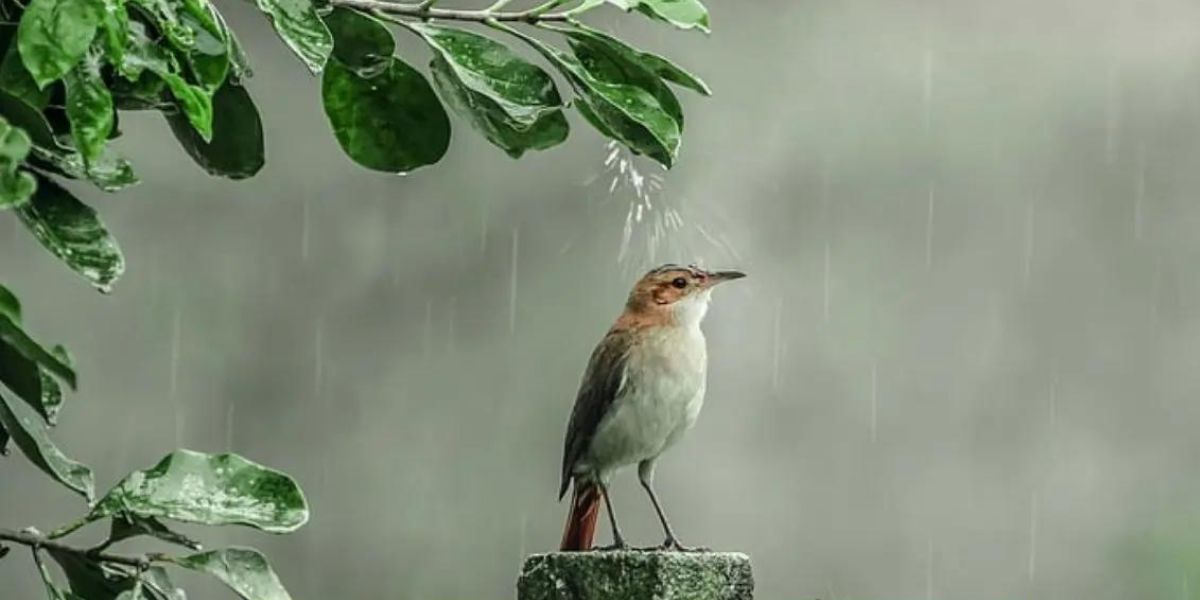
Kickstarting Your Bird Watching Journey
So, you've got your binoculars and field guide ready to go. What's next? Well, setting up your backyard for bird watching can make a big difference! Backyard birding can be a great way to observe birds in their natural habitat without even leaving your home.
Setting Up Feeders and Water Sources:
| Feeders | Water Sources |
|---|---|
| Choose a mix of different feeders and fill them with various types of seeds to attract a diverse range of birds. | Birds need water not just for drinking, but also for bathing. A simple bird bath or even a shallow dish with water can be an attractive spot for birds seeking hydration and cleanliness. |
| Place feeders at varying heights and distances from each other to accommodate different bird species' feeding habits. | Consider adding a small water feature like a fountain or dripper to pique the interest of more species, especially during dry seasons when natural water sources might be scarce. |
Some might think, "Do I really need to do this in my own backyard?" The answer is yes! By providing food and water for birds, you are encouraging a diverse range of species to visit your yard, creating an environment where you can observe various behaviors and interactions among different birds. It's truly rewarding to watch all kinds of feathery visitors flocking to your yard! And as you become familiar with their habits and calls, you'll start recognizing which birds are regulars and which ones are just passing through. This is an excellent way to engage with bird watching on a daily basis without having to venture far from home.
Tracking Bird Activity
Once your feeding station is set up, it's time to keep tabs on the visitors who drop by for a meal or a quick splash.
Strategies for keeping track of bird activity in your backyard:
- Observation: Spend time near the feeding area regularly and observe quietly to get an idea of what kinds of birds are visiting.
- Note-taking: Keep a journal handy so you can jot down any new or interesting species that come by.
- Photography: Capturing pictures of the birds visiting your backyard feeder can also help you identify and appreciate different avian species.
- Digital Apps: Use smartphone apps like eBird or iBird to maintain digital checklists and explore field guides for bird identification.
By tracking bird activity in your backyard and noting the different species that visit, you're taking significant steps toward building your birding knowledge and skills.
By turning our attention to the intricacies of bird behavior and habitat preferences in our backyards, we lay the foundation for an even deeper exploration into the varieties of bird watching.
Varieties of Bird Watching
Bird watching offers a rich tapestry of experiences for enthusiasts to explore, with each variety presenting a unique opportunity to connect with the avian world. From your own backyard to bustling urban areas, diverse experiences await.
Backyard Birding
The heartwarming charm of backyard birding lies in its convenience and accessibility. By setting up bird feeders and providing water sources, you can create a welcoming oasis for birds right at home. This allows you to observe and identify various species without having to venture far. It's like having a front-row seat to nature's lively theater, where every visit from a feathered friend delights and captivates.
Whether you're sipping your morning coffee or simply taking a peaceful break in your garden, the joyful sight of birds flitting about fosters a deep connection with nature right at your doorstep. It's an easy way to indulge in the serene rhythm of bird activity, adding a touch of enchantment to your daily routine.
Urban Birding
Amidst the hustle and bustle of urban life, there exists a remarkable world teeming with avian wonders. Discovering different locations within city parks and urban areas broadens the horizon of bird species observed. These urban settings act as oases for birds, offering diverse bird watching opportunities that might pleasantly surprise you.
Much like finding hidden gems in an urban landscape, uncovering the vibrant array of birds dwelling in these pockets of nature within cities provides an enriching experience. It's akin to stumbling upon a secret garden, where each fluttering wing and melodic chirp accentuates the wonderfully unexpected harmony between city life and natural ecosystems.
Whether you find solace in the tranquil sanctuary of your backyard or seek adventure lurking amidst the urban jungle, engaging with these varied forms of bird watching promises an immersive journey into the captivating realm of avian beauty.
Bird Identification Techniques
Bird identification is akin to solving a captivating mystery in nature. Let's delve into some techniques that help bird watchers effectively identify these enchanting creatures.
Visual Identification
Spotting and identifying birds hinge on paying attention to visual details. Observing the distinct physical features, colors, and markings of birds aids in identifying different species. Noticing the size and shape of a bird, the color patterns on its feathers, and any unique markings all contribute to accurate identification.
Visual cues include:
- Beak shape
- Wing length
- Tail shape
- Standout patches of color
Vocal Identification
Learning to recognize bird calls and songs is a valuable skill for bird identification. Many bird species have unique vocalizations that serve as effective markers for their presence even when hidden from view. Understanding their chirps, trills, and calls can lead you to different species that might be lurking nearby. For example, warblers are known for their distinct songs while hawks have piercing calls easily recognized.
Just imagine walking through a forest and hearing the sweet melody of a songbird. With practice, you can identify its species based on its unique tune. This skill not only enhances your ability to spot more birds but also provides an additional layer of enjoyment by actively engaging with the diverse sounds of nature.
Understanding these bird identification techniques equips bird watchers with essential skills for fully enjoying this rewarding hobby. Each observation becomes an opportunity to discover something new about the avian world around us.
In the realm of bird watching, honing these fundamental skills lays the foundation for an even richer and more immersive experience. Now, let's embark on enhancing our bird watching expedition in ways that elevate our encounters with our feathered friends.
Amplifying Your Bird Watching Experience
Picture waking up to the sweet melodies of warblers and the fluttering of colorful plumage as birds greet the dawn. Early morning bird watching presents a mystical dimension to your birding adventures. It's like stepping into a whole new world, vibrant with activity and song.
Rise and Shine
At dawn, the avian world comes alive. Birds embark on their daily activities—singing to defend territories, foraging for breakfast, and engaging in lively courtship rituals. This makes it an ideal time to witness an array of bird behaviors that might be missed during other parts of the day. Moreover, the morning calm and coolness make it easier to hear birdsong and spot birds as they move about from tree to tree.
Top Tip: To make the most of your early morning bird watching, set your alarm clock a little earlier than usual. Your reward? A front-row seat to a symphony of bird calls and captivating natural beauty.
Patience Pays Off
If there's one thing that distinguishes early morning bird watching, it's the need for patience and keen observation. Birds are most active during this time, flitting about and singing their hearts out. Being patient will help you truly immerse yourself in the experience, allowing you to observe birds as they go about their business without disturbing them. This also presents an opportunity to catch sight of elusive species that might be more active during these hours, such as owls returning to roost or diurnal species starting their day in lively fashion.
Moreover, many birds are more vocal during these hours as they communicate with others and establish their territory. This makes it easier for you to locate them based on their calls or songs—a vital skill for any birder.
The Magic of Observation
Whether you're in your own backyard, a local park, or a nature reserve, give yourself time to simply watch and listen. Take in the sight of birds flitting through branches or perched atop fences, and appreciate their varied colors and markings.
Quick Tip: Consider bringing a small notebook to jot down your observations or simply sit back and soak in the serenity of nature without feeling rushed.
Remember, early mornings in nature are teeming with life and filled with natural wonders waiting to be discovered.
Early morning bird watching is indeed a rewarding pursuit that allows you to witness nature at its most enchanting. So next time you're planning a birding outing, consider setting your alarm a little earlier and venturing out just as the sun starts to peek over the horizon!
Bird Watching Locations and Times
Finding the perfect spot to watch birds is akin to uncovering a hidden treasure. Each environment offers a unique chance to encounter different winged wonders. Picture gazing upon graceful herons in tranquil wetlands or spotting vibrant tanagers flitting through lush, green forests. Whether it's a local park, serene wetland, dense forest, or calming coastal area, each habitat presents an exquisite opportunity to observe a diverse array of bird species.
Parks are bustling with feathered friends such as robins, chickadees, and sparrows, while wetlands enchant with elegant waterfowl like ducks, herons, and egrets. The dense canopy of forests harbors elusive woodpeckers, warblers, and owls, whereas coastal areas offer sightings of gulls, terns, and sandpipers. It truly is a birder's paradise out there!
Each location paints its own unique canvas of avian beauty. Venturing into different habitats not only broadens your birding horizons but also diversifies your bird watching experiences—making every outing an exciting and educational one.
Now that we've discovered these stunning habitats, it's equally important to know the best times for bird watching.
Exploring the world of bird watching presents an opportunity for connecting with nature in a profound way. From the splendor of diverse habitats to the anticipation of spotting various bird species, this pastime promises endless wonder for enthusiasts.
What are the best binoculars for bird watching?
Birders often look for binoculars with magnifications of 8x42 or 10x42 for their balance of magnification and light-gathering ability. Popular brands include Zeiss, Swarovski, Leica, Nikon, and Vortex. The Zeiss Victory SF, Swarovski EL, and Nikon Monarch series are highly recommended for their optical quality and ergonomic designs.
When is the best time of day to go bird watching?
Early morning (around dawn) is generally the best time for bird watching. Birds are most active during this time as they search for food after the night. Late afternoon (before dusk) is also a good time as birds become active again before settling down for the night.
What should I bring on a bird-watching trip?
Essential items for a bird-watching trip include:
- Binoculars
- Field guide or bird identification app
- Notebook or birding journal
- Comfortable clothing and sturdy shoes
- Snacks and water
- A hat and sunscreen for protection from the sun
- Camera for documenting sightings
How can I attract birds to my backyard?
You can attract birds by:
- Providing a variety of bird feeders and food, such as seeds, suet, and nectar.
- Offering fresh water in a bird bath or fountain.
- Planting native plants that provide natural food sources like berries and seeds.
- Creating shelter with trees, shrubs, and birdhouses.
- Avoiding pesticides and creating a safe environment for birds
How do I identify different bird species?
Identifying birds involves:
- Observing key features such as size, shape, color patterns, and behavior.
- Listening to bird songs and calls.
- Using field guides or birding apps with pictures and descriptions.
- Noting the habitat and geographical location.
- Joining birding groups or forums to learn from more experienced birders
Check out the latest reviews on bird watching gear
Author: William Flaiz


